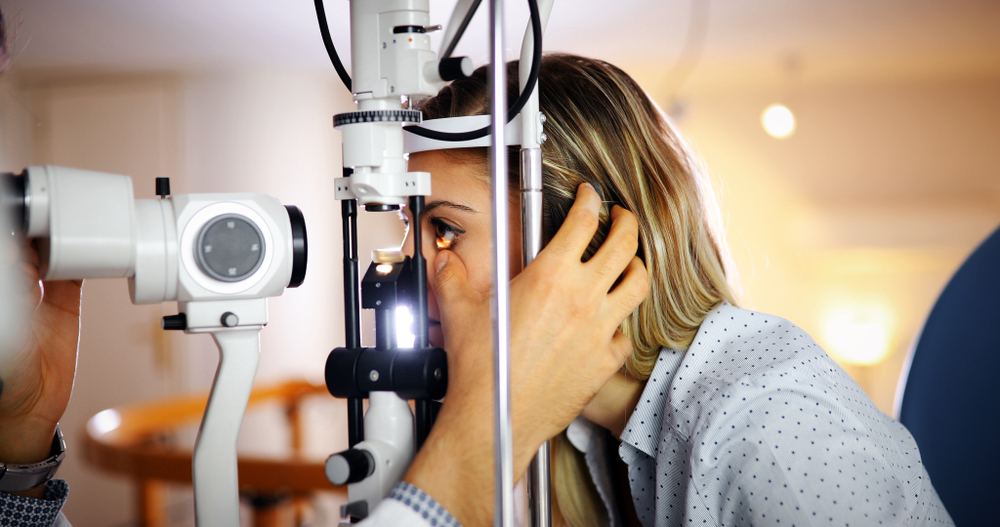
Community outreach, education may help reduce racial disparities in eye care
September 17, 2022
1 min read
Source/Disclosures
Published by:
Source:
Reynolds S, et. al. NOA presents innovation in eye care: Addressing racial disparities. Presented at: Vision Expo West; Sept. 14-17, 2022; Las Vegas.
Disclosures:
Reynolds reports being a consultant for Allergan.
LAS VEGAS — Educating patients through community outreach and finding ways to show them their ocular issues may help address racial disparities in eye care and access to innovations, according to a presentation at Vision Expo West.
“We’ve heard other companies come up and talk about their innovations, we’ve talked about earlier detection of eye diseases,” Sherrol A. Reynolds, OD, FAAO, chief of advanced ophthalmic care at Nova Southeastern College of Optometry, said “But a lot of these innovations sometimes don’t reach the patients that truly need the early detection.”

Source: Adobe Stock.

Sherrol A. Reynolds
Reynolds said that most of the patients that suffered during the COVID-19 pandemic had comorbidities such as diabetes and high blood pressure, with many of these patients belonging to historically underrepresented populations, highlighting disparities in health care access.
Causes of inequality include the lack of racial/ethnic testing data, the loss of housing and insurance due to the pandemic, and the distrust many patients feel in the health care system due to existing racism and discrimination, Reynolds said.
“A lot of times, there are individuals that are being judged as soon as they walk into the room, as by the color of their skin, as opposed to you knowing who that patient truly is,” she said.
According to Reynolds, educating patients on the risks of conditions like diabetes, the current leading cause of blindness, by showing them issues in their eyes through OCT and wide field imaging will likely help them pursue treatment and make lifestyle changes.
“Sometimes you have to show the patients the pathology,” Reynolds said. “Once they see it, they’re more than likely to believe it, and once they see it and they believe it, they’re more than likely to make those lifestyle changes [being recommended].”
Reynolds also suggested bringing eye care exams to the patients through community outreach because many patients “may not go to the doctor, but if you take it to them, they’ll come to you.”




/cloudfront-us-east-1.images.arcpublishing.com/pmn/TPZLIU4GLREDFFJWYCAXFQJSJM.jpg)

